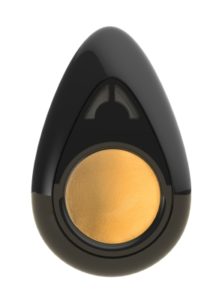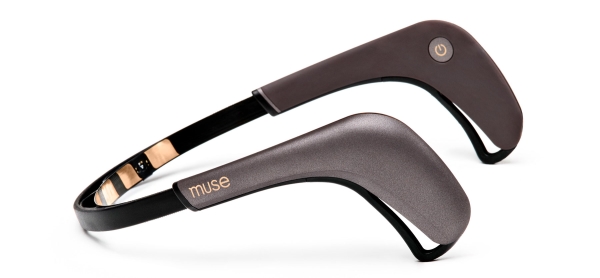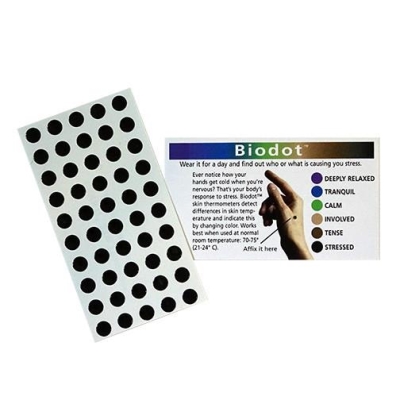
Program Description
Bio-Dash is an evidence-based program which has been selected by the Victorian Department of Education and Training for their ‘School mental health menu’ and is rated as having an established level of high-quality research evidence. Strategies selected for Bio-Dash are supported by evidence from wellbeing science, psychology and the sport and health sciences and are youth friendly.
Bio-Dash includes instructional videos, online video modules, student dashboard, biodots, a facilitator’s guide and additional resources for schools, students and parents.
These modules can be presented individually or alongside school curriculum and on average take around 15 minutes each to deliver. Modules are accompanied by teacher-facilitated activities that demonstrate the mind-body connection. Students are encouraged to develop personalised wellbeing plans that they can apply in academic, social, sport and performing arts contexts.
Watch the following video for a detailed sneak peek of the Bio-Dash program.
implementation considerations
Target population: Secondary school students, especially Years 9 & 10.
Program adaptability: Due to the flexible delivery mode and brief modules, the program can be adapted to suit the local context and time available, to either integrate with other relevant curricula or use as stand-alone modules. The duration and pace of the program is determined by the school.
Staffing: It is recommended the program is facilitated in class by existing school staff such as classroom teachers, counsellors/psychologists or wellbeing coordinators.
Training requirements: No specialist knowledge is required to deliver the Bio-Dash program as expert content is provided via the video modules. A Facilitator’s Guide and a bride online training video are included to make the program delivery smooth and simple.
Factors to consider: Bio-Dash can be delivered at a pace that suits schools with a recommended delivery time over a school year to enable time for student reflection and practice. Whole school initiatives are also recommended, and the resources provided will promote a whole school approach.
Australian context: The program has been developed and applied in Australia. Bio-Dash is mapped to the Australian and Victorian curricula and can be implemented in metro, regional and rural areas.
Intended Outcomes
Personalised wellbeing plan for students
Heightened awareness of how specific wellbeing strategies impact the mind and body
Reduction in stress and anxiety
Improved focus and wellbeing
Increased use of wellbeing strategies
Shared wellbeing education spaces and experiences
Biofeedback Devices

Pip

Muse

Bio-Dash is unique in that it incorporates the latest biofeedback technology. Biofeedback enables individuals to obtain real time information about internal processes such as brain activity and psychological functioning in response to established wellbeing strategies. Having tangible data about how specific strategies impact their psychology heightens self-awareness and provides a deeper understanding of the processes involved in regulating emotions so that individuals can improve their ability to enhance concentration, manage stress and alleviate anxiety.
Participants initially learn about biofeedback stress levels through Biodots which measure changes in skin temperature. These are included in the foundation program. There is also the option to include more advanced devices that measure brain activity, respiration and skin conductance.
The oppurtunity to ‘see’ the connection between mind and body enables students to identify optimal strategies to target stress and enhance wellbeing and is more likely to lead to regular and sustained practice.